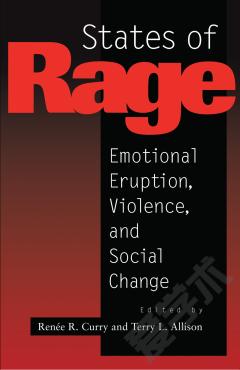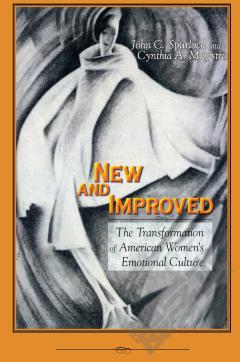States of Rage: On Cultural Emotion and Social Change
States of Rage permeate our culture and our daily lives. From the anti-Catholic protests of ACT-UP to the political posturing of Al Sharpton, from the LA Riots to anti-abortion gunmen murdering clinic personnel, the unleashing of rage, marginalized or institutional, has translated into dead bodies on our campuses and city streets, in our public buildings and in our homes. Rage seems to have gained a currency in the past decade which it previously did not possess. Suddenly we appear willing to employ it more often to describe our own or others' mental states or actions. Rage succinctly describes an ongoing emotional state for many residents and citizens of the United States and elsewhere. States of Rage gathers for the first time a critical mass of writing about rage--its function, expression, and utilities. It examines rage as a cultural phenomenon, delineating its use and explaining why this emotional state increasingly intrudes into our social, artistic, and academic existences. What is the relationship between rage and power(lessness)? How does rage relate to personal or social injustice? Can we ritualize rage or is it always spontaneous? Finally, what provokes rage and what is provocative about it? Essays shed light on the psychological and social origins of rage, its relationship to the self, its connection to culture, and its possible triggers. The volume includes chapters on violence in the workplace, the Montreal massacre, female murderers, the rage of African- American filmmakers, rage as a reaction to persecution, the rage of AIDS activists, class rage, and rage in the academy.
{{comment.content}}








 京公网安备 11010802027623号
京公网安备 11010802027623号